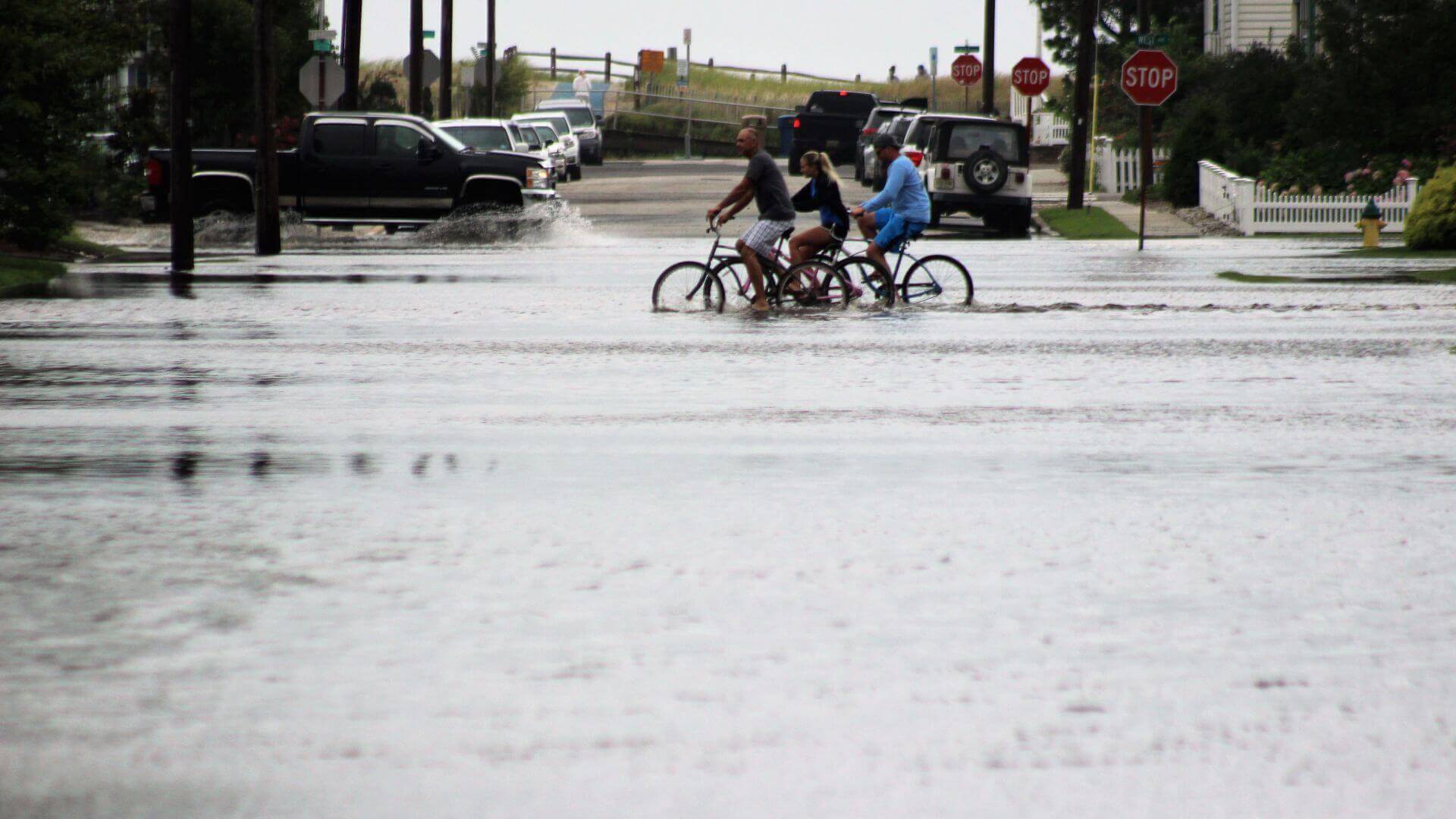TRENTON – The state Department of Environmental Protection has released a plan to guide action in several areas of its climate change agenda. The draft plan is open for public comment until Oct. 18.
The 81-page Strategic Climate Action Plan is organized around key areas of concern in the state’s efforts to combat the negative impacts of climate change. A brief look at some of the major areas in the plan provides a sense of the broad overall scope.
Reducing Climate Pollutants and Emissions
New Jersey’s clean energy goals are aimed at reducing greenhouse gas emissions by 50% by 2030 and 80% by 2050. Achieving these goals involves generation of electric power from renewable energy sources and meeting targets for the electrification of homes, businesses and the transportation sector. The goals represent the DEP’s commitment to what it terms an “aggressive climate pollutant reduction strategy.”
Building Resilience
The plan not only supports a number of resilience initiatives already underway, it also identifies areas for resource investment. These include improving beach and dune protection for shoreline resilience, initiating an extreme heat mitigation initiative, strengthening stormwater and wastewater infrastructure, and supporting coastal and flood infrastructure projects.
These proposed actions tie in with the state’s Resilient Environments and Landscapes regulatory package, which will have an impact on the pattern of coastal development. The recently unveiled first phase deals with inland flooding and precipitation. The second phase will deal with coastal development and land use rules.
Energy Transition and Offshore Wind
The climate action plan says, “Electric generation is arguably the sector most advanced on the path to decarbonization.” That statement is part of the plan’s commitment to a transformative change in the state’s energy profile. In New Jersey, that means heavy use of offshore wind. The action plan states that “New Jersey has the highest offshore wind goal in the nation.” The effort at electrical generation from renewable energy sources is central to the plan’s many goals.
Developing a Model for Sustainable Waste Management
With a goal to reduce waste and materials management emissions, the action plan calls for encouraging materials recycling well beyond current levels. The aim is to reduce the amount of waste headed for landfills and incinerators. As the DEP seeks the “next generation in waste management,” the plan says the department may need to pursue statutory authority if necessary.
Further Climate Equity in Overburdened Communities
“The SCAP supports ongoing efforts to provide environmental justice for communities of color and lower-income communities, which experience disproportionately high amounts of air and climate pollution,” the action plan says. This will involve funding programs for such communities.
Enhance Educational and Communications Efforts
The action plan follows the state’s efforts to provide guidance on how to teach about climate change. This guidance was issued roughly a week before the release of the plan. The plan also calls for investment in educational curricula to increase public awareness of and technical understanding of climate change and the plans to combat it.
Building a Consideration of Climate Change Impacts in Decisions Made Across the DEP
With the action plan, climate change becomes a central focus of all aspects of work at the DEP.
“The DEP will remain committed to decisions, actions and investments that may take time to produce benefits in a rapidly changing climate,” the plan says.
The DEP has also updated its climate change website to include what the department feels is a more user-friendly homepage and story maps to aid the public in tracking the interconnections among the state’s many areas of climate-related planning.
The 30-day comment period on the climate action plan is open until Oct. 18. Comments can be submitted through the DEP website.
Contact the author, Vince Conti, at vconti@cmcherald.com.








